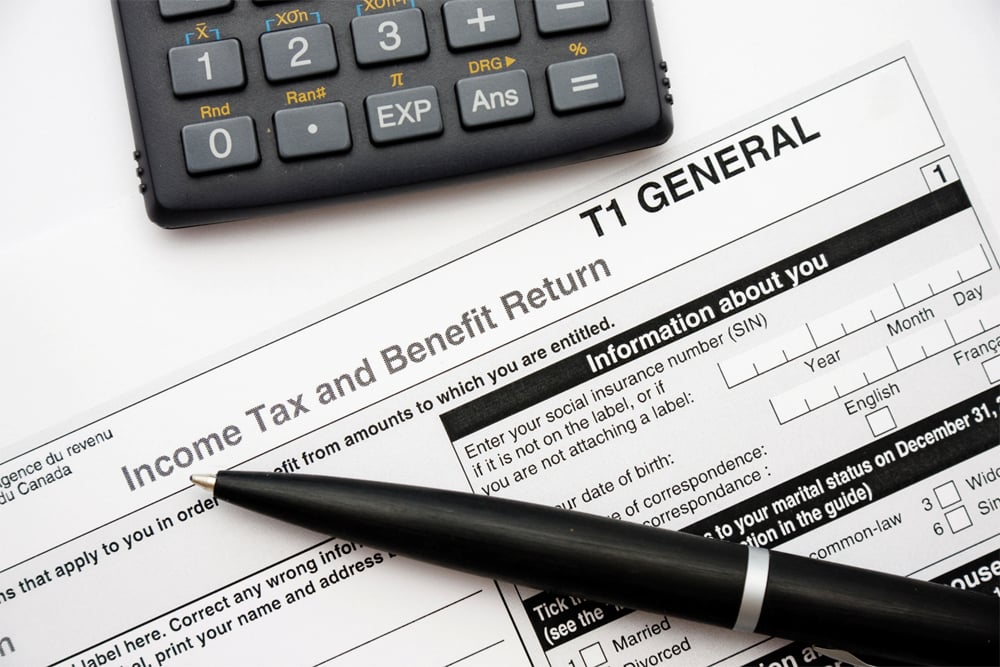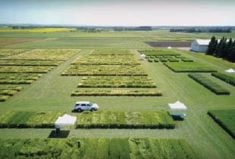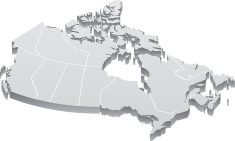If you raise a few farm animals or have a plot to grow your own food, you are considered a hobby farmer, rather than a business, and you can’t deduct any expenses or losses.
But if you devote the majority of your time to farming by investing in buildings, machinery, and inventories to run the operation, you’re likely the owner of a farming business (although farming income does not include money earned from working as an employee on a farm).
For more information on farming, including the types of farming income and deductions and tax credits available to farmers, go to cra.gc.ca/farming.
Read Also

Farming Smarter receives financial boost from Alberta government for potato research
Farming Smarter near Lethbridge got a boost to its research equipment, thanks to the Alberta government’s increase in funding for research associations.
Generally, farmers can deduct any reasonable current expense incurred to earn farming income, including interest on loans and losses, and the cost of fertilizer, feed, veterinary fees, and materials to pack and ship goods. Other expenses that may be eligible include machinery rental, electricity, insurance, and motor vehicle expenses. And if you decide to farm out some of your accounting duties, you can also deduct the fees you paid to your accountant.
If you had a farm loss for the year, you may be able to deduct up to the full amount of your loss. A farm loss can be carried back from the current year to any of the previous three years or carried forward up to 20 years. For more information on farm losses and how to calculate and apply them, see Chapter 6 of Guide T4003, Farming Income (available at cra.gc.ca/farming).
Eligible farmers who dispose of breeding livestock in a tax year because of drought or flood can exclude a portion of the sale proceeds from their incomes until the following tax year, under the Livestock Tax Deferral Provision. The rule also extends to bees and all types of horses that are over 12 months of age that are kept for breeding.
Do you hire seasonal farm workers? If you hire a qualified Red Seal trade apprentice, such as an agricultural equipment technician, you may be able to claim your employee’s salary as an expense. You may also be able to claim the apprenticeship job creation tax credit. This non-refundable investment tax credit is equal to 10 per cent of the apprentice’s salary or wages (to a maximum of $2,000 per year for each eligible apprentice). For more information on the Apprenticeship Job Creation Tax Credit, go to cra.gc.ca/smallbusiness and select investment tax credit.
If you are caught evading taxes, you may face fines, penalties, or even jail time. However, if you made an error or omission, you can correct the mistake through the Voluntary Disclosures Program. If you make a valid disclosure before you become aware of any compliance action taken against you by the Canada Revenue Agency, you may only have to pay the taxes owing plus interest. For more info, go to cra.gc.ca/voluntarydisclosures.
You need to keep complete records of your business-related expenses to support your claims. To learn more, go to cra.gc.ca/records.
The deadline to file most Canadian income tax and benefit returns for 2015 is April 30. However, since this date is a Saturday, returns and payments will be considered to be made on time if received or postmarked by midnight on May 2. Self-employed individuals and their spouses or common-law partners have until June 15, to file their income tax and benefit returns, but any balance owing is still due no later than May 2.















